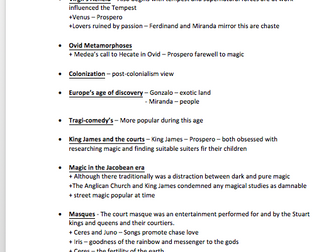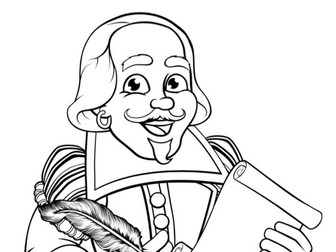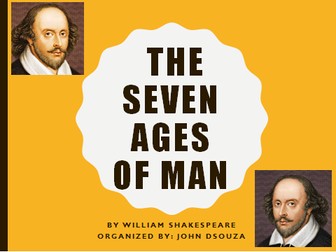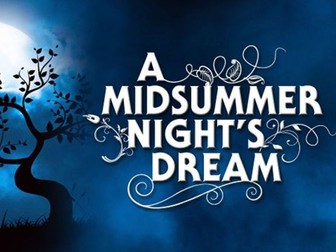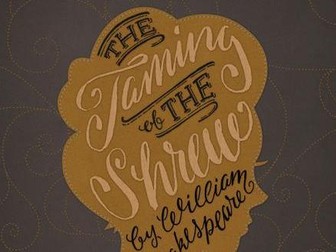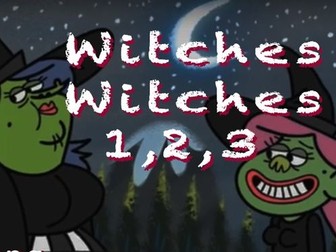William Shakespeare Knowledge Organiser!
<p>This clear, detailed and visually-appealing resource offers a complete reference point for children learning about William Shakespeare, particularly those completing a history study of ‘Significant Individuals.’ It contains comprehensive sections entitled:</p>
<p>Overview;<br />
Times in His Life;<br />
Important Vocabulary;<br />
William Shakespeare Timeline;<br />
Answers to the Important Questions;<br />
Top Ten Facts.</p>
<p>The resource is designed to be printed onto A3, and is provided as both a PDF and a Word version (so that you can edit if you want to). All images used are licensed for commercial use.</p>
